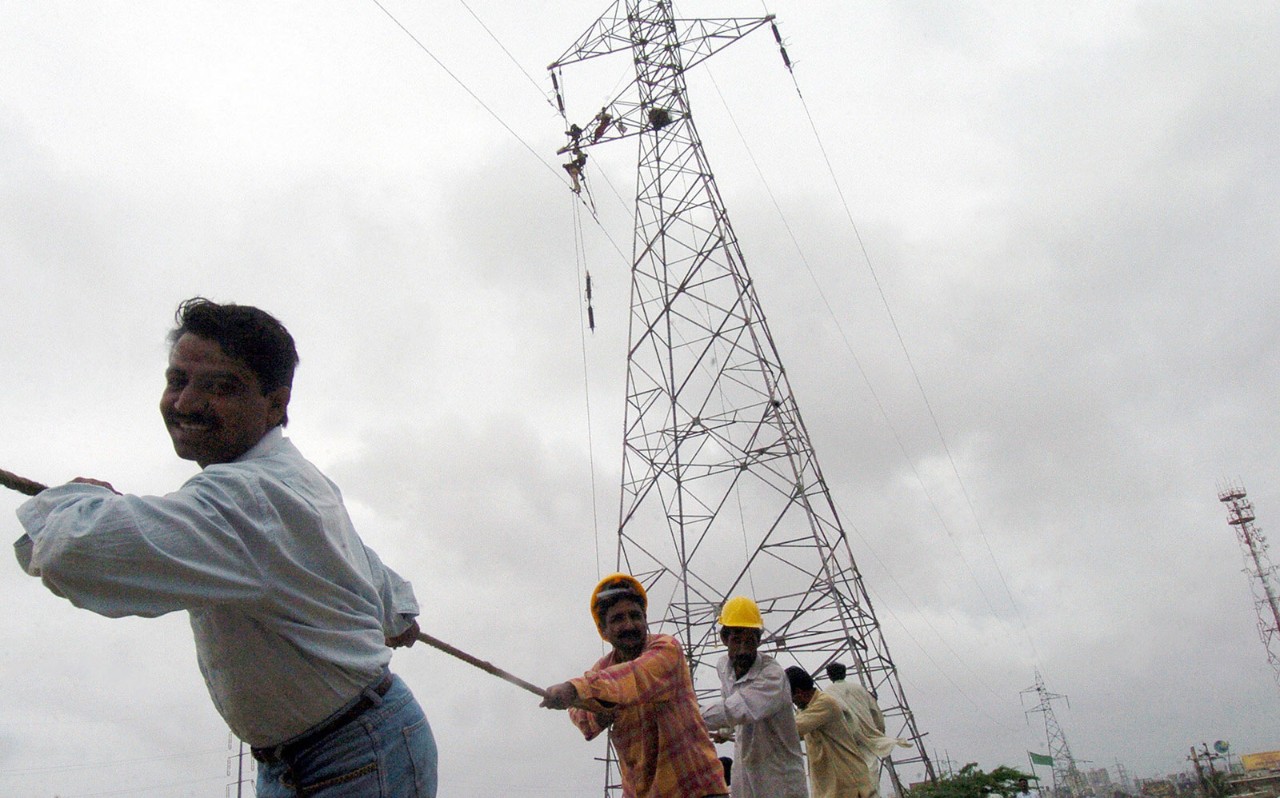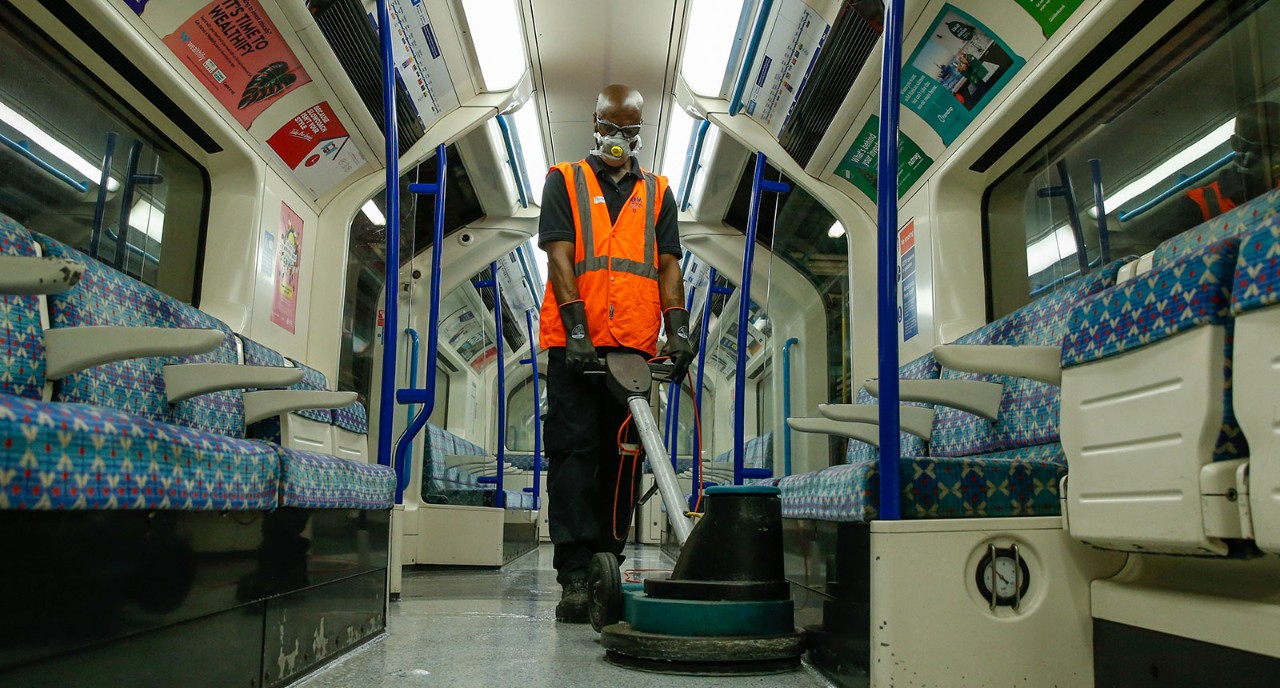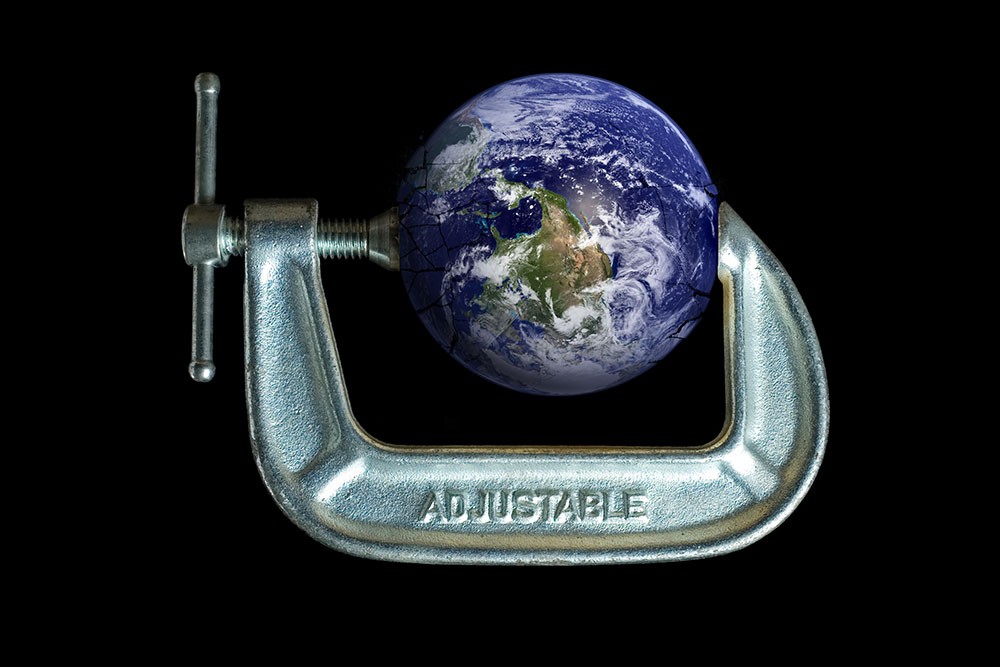
State-owned enterprises (SOEs) are common throughout the world, delivering public goods and services such as energy, health, telecoms and transportation. But even though they are not set up with the primary aim of making a profit, some SOEs make such eye-watering losses that they act as a millstone around the national exchequer’s neck.
Pakistan has around 200 SOEs. According to Daniyal Aziz, the country’s privatisation minister 2017–18, a third of them make losses that add up to around 650bn Pakistani rupees (US$4bn) a year. If the two biggest money-hungry organisations in the SOE portfolio, Pakistan International Airlines and Pakistan Steel Mills, were to be privatised, Aziz reckons the government could redirect around PKR6bn (US$37m) to each of the country’s 150 or so districts.
Many of Pakistan’s SOEs have been haemorrhaging money for years as a result of a challenging mix of overstaffing, poor governance, mismanagement, corruption and vested interests. Reviving their finances is a massive challenge for the government. Take Pakistan Steel Mills: in one six-month period the company spent PKR25.3bn on making 345,651 tons of steel, which it then sold for PKR18.2bn.
Successive governments have inherited these huge losses. Hence, the country’s repeated moves towards privatisation, which stretch back 30 years.
Many of Pakistan’s SOEs have been haemorrhaging money for years as a result of a challenging mix of overstaffing, poor governance, mismanagement, corruption and vested interests
Multifaceted challenge
Deciding whether to reform an SOE or privatise it is a complex challenge. Some SOEs are in extremely poor organisational and financial shape, and have a dispiriting history of failed reform attempts; others have the potential for economic turnaround as long as they can be depoliticised and given some bailout funding as well as cut costs and introduce professional management, according to Naeem Zafar, chief economist for the Government of Sindh and a former member of the Planning Commission.
The government foresees several major challenges to its privatisation process. They include regulatory uncertainty (particularly in the utilities and infrastructure sectors), litigation from losing parties and occasionally from the public, and continued opposition from vested interests.
However, the challenges are in truth considerably larger than this summary suggests. Alex Metcalfe, ACCA’s head of public sector, says: ‘Some SOEs are natural monopolies, so privatisation is not an option. Bringing in strategic investment, creating healthy competition or improving market conditions can work better.’
Transactional transparency
For privatisation transactions to be transparent (some recent deals have been heavily criticised for their financial opacity), the most important elements of decision-making need to be disclosed. That includes offering a consolidated view of the balance sheet and presenting the difference in accounting position between accrual-based accounting and the cash-based accounting that is common practice in Pakistan.
The valuation of assets is a similarly sensitive issue that involves reviewing past contracts to identify historical cost. A more methodical approach is also required where valuations of land are involved.
‘To determine arm’s-length fair-market value, the government has to rely on professional valuers, whose credibility and capability will have a significant impact on a transaction,’ says Arif Mirza, ACCA’s policy head for the MESA region. ‘Also, a business’s post-privatisation operative capacity and the financial capability of any potential investor should both be diligently assessed.’
Only temporary relief?
In the absence of structural reforms, privatisation may not confer much benefit for long. ‘It depends on how the privatisation proceeds are applied,’ Mirza says. ‘If the sums are used to retire the debt, then relief may only be temporary; but if the proceeds are reinvested, the resulting creation of a healthy market and jobs will have a positive effect on macroeconomic fiscal sustainability.’
Pakistan’s real GDP growth
Pakistan has a history of long overdue structural reforms and cannot rely just on privatisation to solve its problems. To be effective, long-term structural reforms will need to be sector-focused and address competitiveness, including the whole supply chain, with clear pointers as to how they could be achieved.
It is never a good idea to undertake blanket structural reform without considering the sector consequences. Blanket reform may be required for loans from the International Monetary Fund (IMF), but it does nothing for growth, not to mention the implications for policy sovereignty. As Zafar points out, if the aim is to reduce the national deficit, privatisation requires very different policy inputs and amounts of effort than if the aim is to revitalise the economy.
Without extensive reforms and greater transparency, progress with privatisation in Pakistan will remain chaotic and, for the most part, out of reach. Given the size and complexity of the state-owned sector and entrenched practices, there is undoubtedly still a long road ahead.
Pakistan’s privatisation programme
In the 1970s, all Pakistan’s major private industries and utilities were brought into government ownership. Twenty years later, with the advent of financial deregulation, trade liberalisation and private ownership, a privatisation drive began. It continued until 2006, when the country’s supreme court annulled the privatisation of Pakistan Steel Mills because the rushed sale process had undervalued the business.
Just before the Pakistan Steel Mills judgment, Karachi Electric Supply Company (the national power generation and distribution monopoly) had been privatised in a deal that subsequently attracted much criticism for its lack of transparency. Despite its ability to impose arbitrary pricing on a captive market, the company remains dependent on frequent government bailouts and repeatedly inflicts unannounced and prolonged power cuts on businesses and households.
In 2013 a Cabinet committee shortlisted 37 SOEs for privatisation. By 2018 five privatisations had been successfully completed, generating proceeds of PKR172.9bn (US$1.06bn).
More recently a further 19 SOEs (mostly in the power sector) have been shortlisted for denationalisation. In his 2020/21 Budget speech, Hammad Azhar, the minister for industries and production, announced the guiding principle of government for SOEs would be to introduce structural reforms to improve efficiency and reduce losses, and, where privatisation was unavoidable, to undertake the process transparently.



